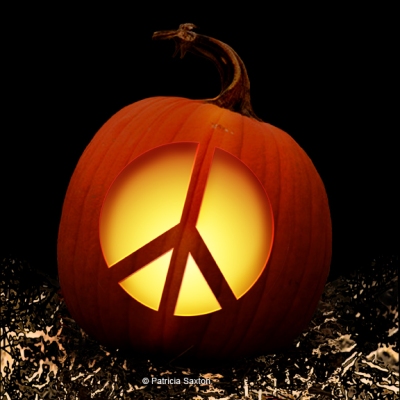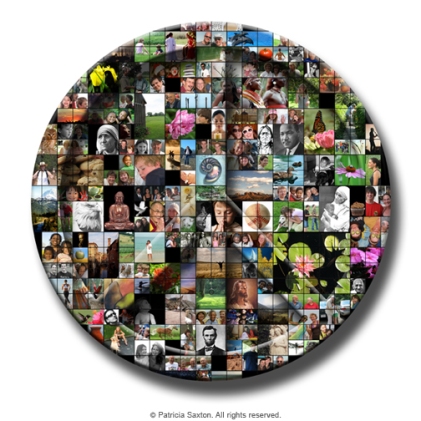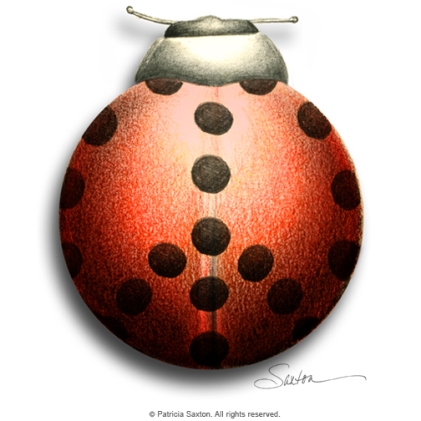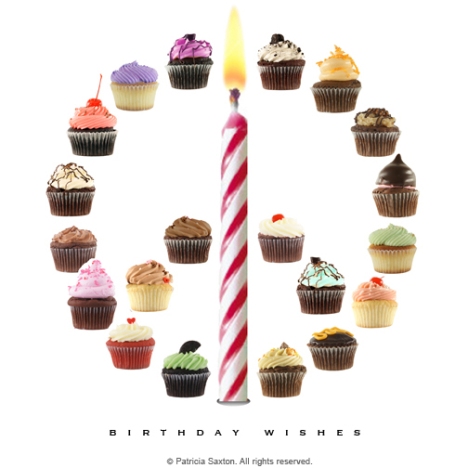In 100 BC, Latin writer Pubilius Syrus is quoted as saying “You Should Go To A Pear Tree For Pears, Not To An Elm.”
I’ve always thought that made perfect, logical sense.
In a similar vein, if you want an apple, you’d go to an apple tree, and to an orange tree for an orange, right? Or would you ask the apple to behave like an orange, because you’re really hungry for both…
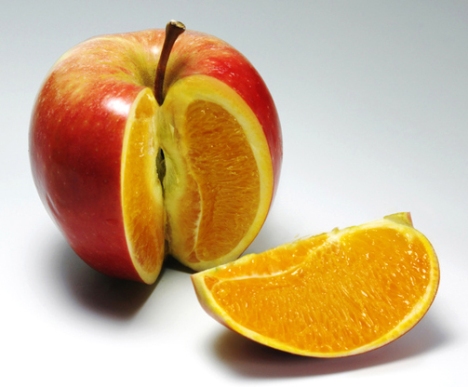
Lately I’ve become increasingly aware of this very kind of attitude (wanting an apple to behave like an orange) infiltrating the professional design field. It’s the idea that creative excellence resides side by side with mathematical expertise and technological wizardry.
It’s not exactly a right brain/left brain comparison, as there are many creatives who are very technologically adept, who can and do operate with both sides of the brain. It’s more the apparent expectation of both aspects to excel with equal brilliance within one individual. And it’s demanding that individuals be not only jacks-of-all-trades, but masters-of-all. (Oh, and by the way, for bottom dollar – an unfortunate side effect that’s been showing up across many professions in the current economic climate.)
It’s a disturbing trend. Because, generally speaking, in the end the expectations don’t seem sustainable, with results that may be less than desirable unless overall quality is of little consequence.
Some may think this expectation just a natural adaptation to changing times, as in fact designers have typically worn many hats. Conceptualist, craftsman, communicator, consultant, coordinator, business negotiator, marketer, developer and keeper of budgets, manager, director, teacher; some of us have multi-medium talents – and we know how to use the tools to make it all happen.
And it’s also true that every profession faces unique challenges almost continually as life, technology and opportunity rapidly evolve. So we all must grow, learn and evolve right along, perhaps even re-invent, which might frustrate some and invigorate others, but is true, nonetheless.
Yet I still feel there is a point of departure in the orchard.
Ask most programmers how they stack up beside designers and vice-versa. They know enough about each other to work effectively together, but aren’t necessarily sufficiently skilled in both to be considered masters of each realm. It’s apples and oranges all over again. Both nutritious fruits, but not derived from the same seed.
If you want an apple, the apple tree is your best bet.





